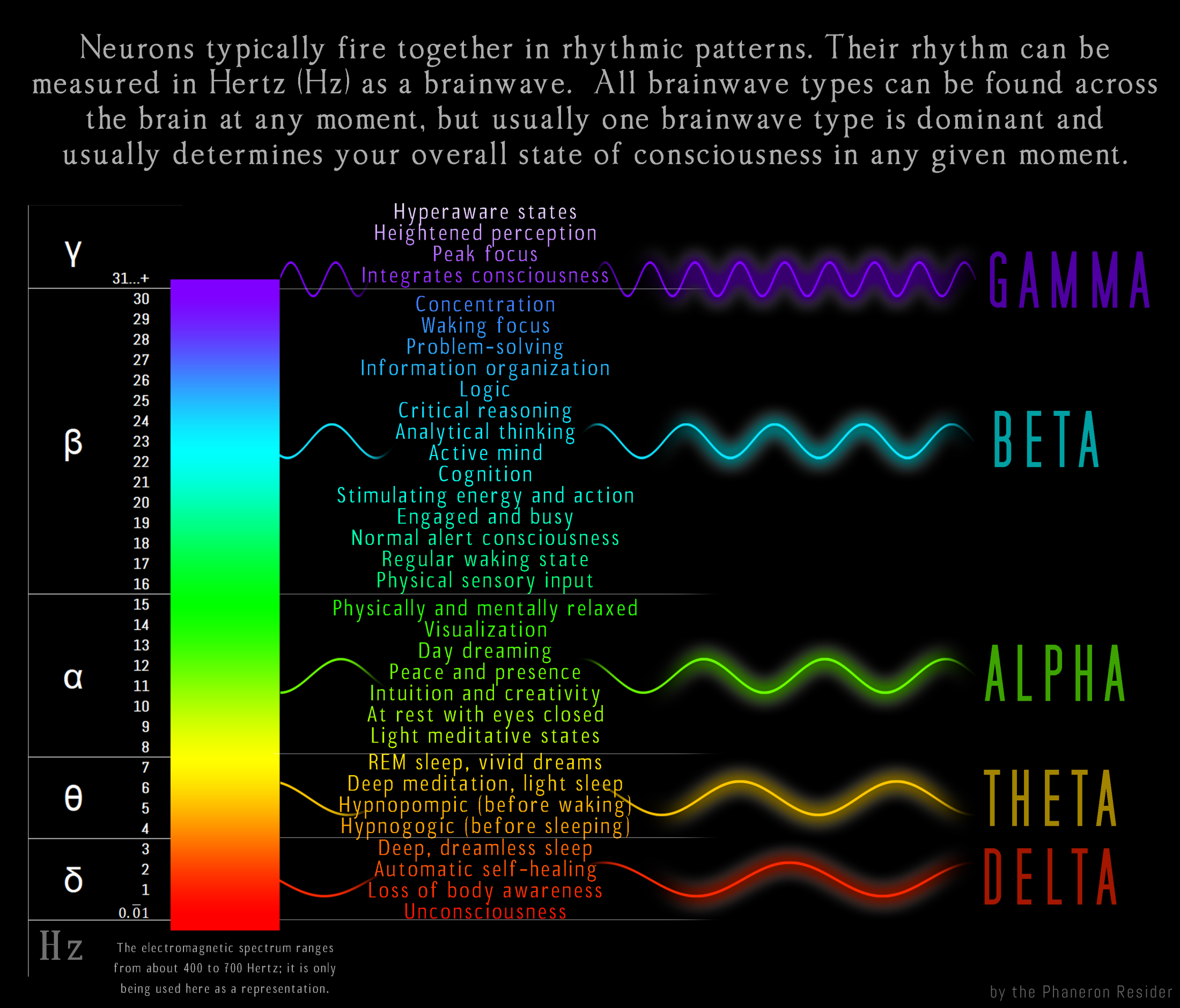Search your article
Electroencephalography (EEG)
Electroencephalography (EEG) is an electrophysiological monitoring method to record electrical activity of the brain. It is typically noninvasive, with the electrodes placed along the scalp, although invasive electrodes are sometimes used, as in electrocorticography. EEG measures voltage fluctuations resulting from ionic current within the neurons of the brain.[1] Clinically, EEG refers to the recording of the brain’s spontaneous electrical activity over a period of time, as recorded from multiple electrodes placed on the scalp.[1] Diagnostic applications generally focus either on event-related potentials or on the spectral content of EEG. The former investigates potential fluctuations time locked to an event, such as ‘stimulus onset’ or ‘button press’. The latter analyses the type of neural oscillations (popularly called “brain waves”) that can be observed in EEG signals in the frequency domain.
The EEG typically described in terms of (1) rhythmic activity and (2) transients. The rhythmic activity is divided into bands by frequency. To some degree, these frequency bands are a matter of nomenclature (i.e., any rhythmic activity between 8-16 Hz can be described as “alpha”), but these designations arose because rhythmic activity within a certain frequency range was noted to have a certain distribution over the scalp or a certain biological significance.
The brain continually produces a complex electrical pattern which can be measured on the surface of the head using an electroencephalogram (EEG) – (much like the heart’s electrical rhythms can be measured on the chest with an ECG). The EEG electrical activity frequency range range of 1-30 Hz is divided into five main categories:
- Delta
- Theta
- Alpha
- Beta
- Gamma
in ascending frequency (Hz), with each range having a dominant function (a Hz is a pulse or beat per second).
Read more about brainwaves & states of consciousness
Reference
[1]. Niedermeyer E.; da Silva F.L. (2004). Electroencephalography: Basic Principles, Clinical Applications, and Related Fields. Lippincott Williams & Wilkins. ISBN 978-0-7817-5126-1.
